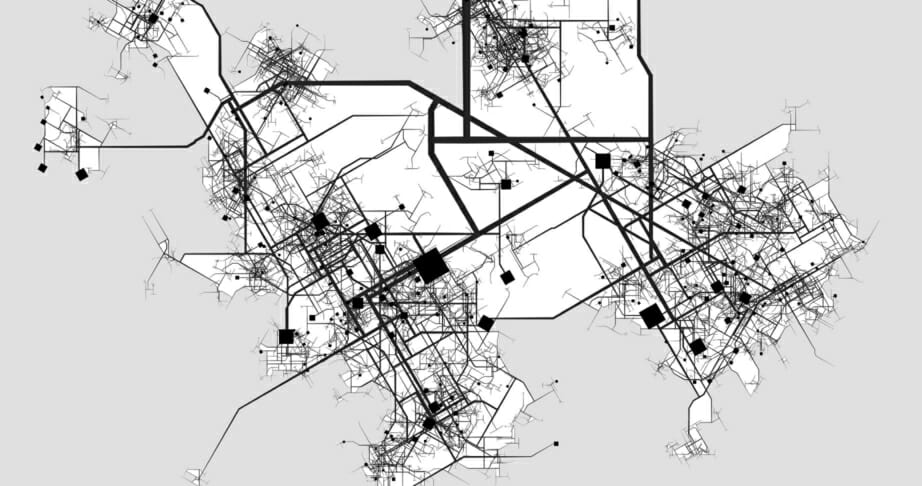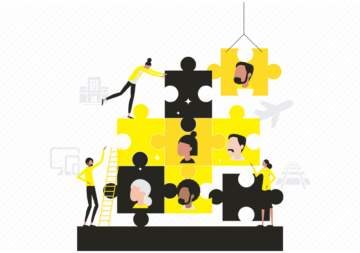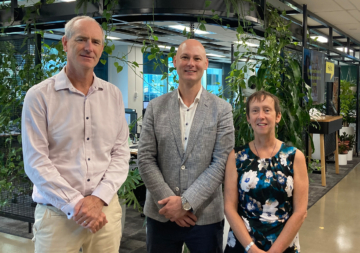
24 February 2020
The chicken and the egg. Mobility as a service and infrastructure design.
TSA SMART Prize winner Atul Agarwal considers the age old question of what comes first following his US study tour with Roads Australia.
Shared mobility is a big focus area backed by state governments that are looking to incentivise approaches that see existing public transport options as an integral part of the end-to-end customer journey.
UBER said one of their strongest targets is shared mobility and reducing single person occupancy – a target they are hoping to achieve through the connected and autonomous vehicles they are developing.
There are about 1B cars in the world today that remain parked 95% of their life. More vehicles mean more parking spaces and more spatial challenges for the infrastructure. About sixty percent of the total distance travelled by private cars today is by a single person – a key contributor to the ever-growing problem of traffic congestion. But we also know there are challenges with the currently available shared transport options that need to be addressed before widespread adoption will occur.
One of the biggest challenges is the ‘first and last mile solution’ – that is how people get from their home to a transport hub, or from transport hub to destination. We have a growing range of urban and regional smart mobility options like eScooters, autonomous shuttles, car pooling and other ride-share options that are increasing in popularity. But these solutions also pose questions for infrastructure such as loading zones, especially around train stations and bus stops, which will ultimately dictate the success of MaaS options.
eScooters are an example that has massive potential as an urban micro-mobility option, with some cities in the US seeing an increase to 38m rides in just one year. But there are increasing concerns with the lack of supporting infrastructure for their safe operation. Scooters are fighting for shared space on the kerbs with pedestrians or else risk exposure of collision with a bigger vehicle on roads due to lack of protected dedicated lanes.
As transportation patterns evolve, infrastructure design also needs to evolve. Planning needs to consider things such as reducing car parking spaces in favour of creativity in dynamic kerb design that allow for multiple uses of the same spot.
With advancements in car sensors and artificial intelligence driving autonomous technology, it is increasingly becoming possible for cars to operate safely within tighter proximity of each other. This ability can lead to the reduction of lane sizes in pockets of an urban environment, which could allow more space for kerb expansion. This, in turn, could lead to the development of new protected bike lanes and more loading spots for bus and passenger drop-offs and the replacement of permanent car parking spaces in urban regions.
We’re at an exciting juncture in the journey of mobility as a service, with the right planning now the scalable and sustainable solutions can be developed with the customer at the centre.
Let me know if there is a solution you’d love to see implemented as part of your ‘last mile’ commute.
Atul Agarwal, Project Manager


